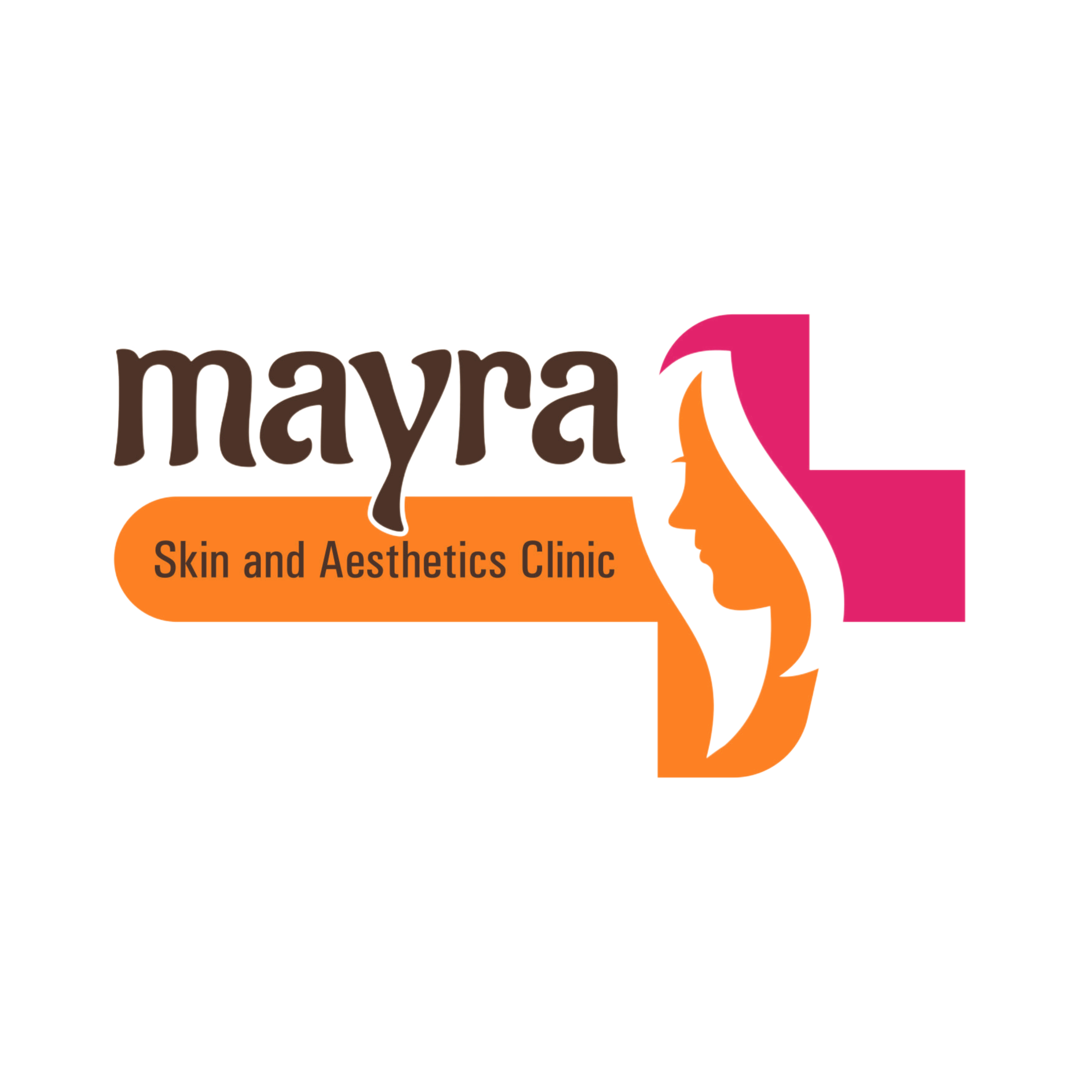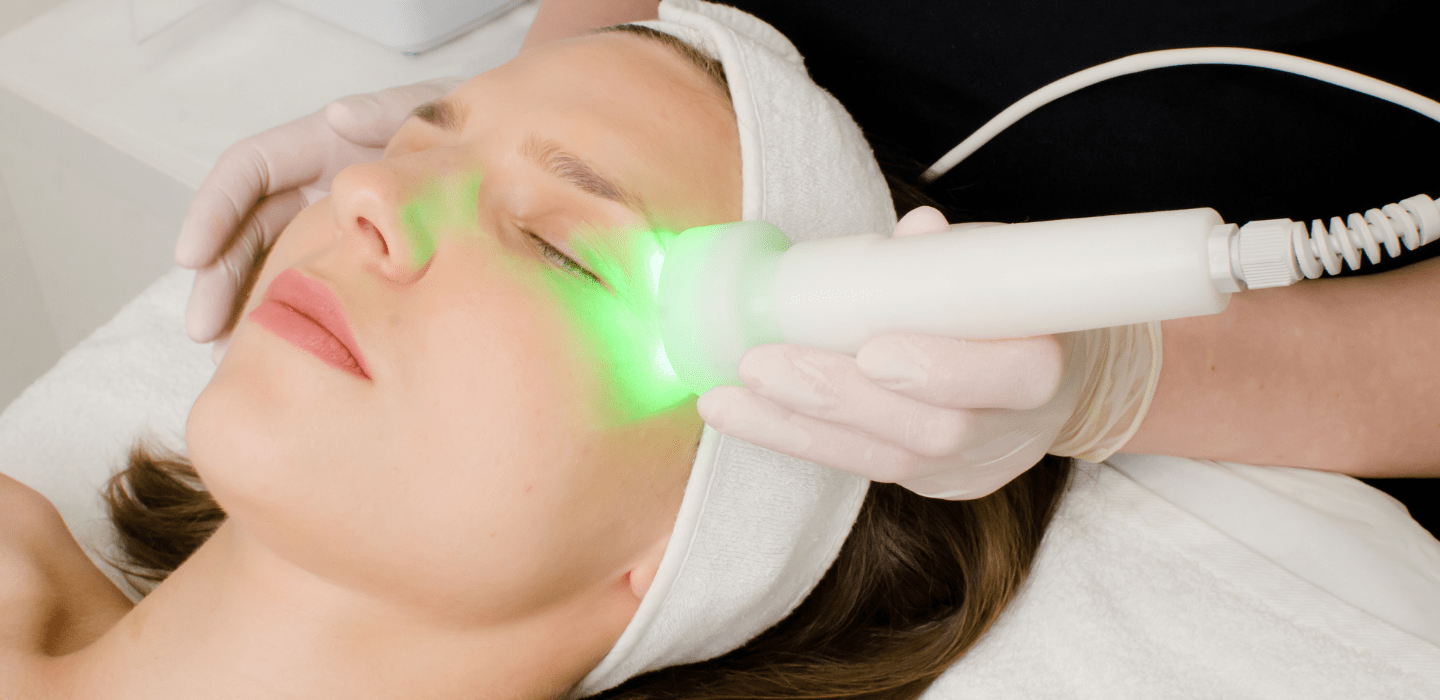We have always been told to stay protected from the sun because its UV rays are very harmful to our skin and can damage it quite easily. Which makes it difficult to think about a treatment that uses a UV light source to treat various skin conditions.
Phototherapy or light therapy treatment is a procedure in which your damaged skin is regularly exposed to a UV light source under the supervision of an expert dermatologist or skin care specialist to reduce the damage and eliminating any skin issue. This treatment uses different UV light sources like high spectrum light, fluorescent light, and LEDs with various wavelengths like UVA, UVB, UVC, broadband, and narrowband.
The use of UV light for skin treatments started around the 1970s, but evidence shows that people have been using this type of procedure for a long time. In some ancient civilizations such as Egypt, Greece, and Rome they used heliotherapy that resembles very much with the treatment.
Also, in Indian documents, we can find medical procedures that used a combination of natural sunlight and herbs to treat different skin problems. But the foundation of the modern-day phototherapy was established by a physician called Niels Finsen, who had developed an artificial UV light source that was believed to treat Lupus Vulgaris by eliminating the bacteria responsible for it. Phototherapy has changed quite a bit since then and now considered as a beneficial part of cosmetic dermatology treatments.
So, how exactly phototherapy works? When the UV light is exposed to the skin, the skin cells absorb the photons from it and convert them into energy. As this energy reaches the inner skin layers, it energizes the immune system and other glands. This triggers the production of various natural compounds such as melanin, collagen, DNA, and RNA that helps in repairing the damaged skin. It also increases the level of beta-endorphins and serotonin that works as pain relievers.
Various Options of Phototherapy Treatment
- Whole Body Phototherapy Chamber
A whole-body phototherapy chamber is a device that is used for skin conditions that have spread throughout the body, such as vitiligo. This chamber is a cabinet with UV light panels installed inside it. With this device, the patient can get full body exposure in a single session, which makes the treatment process quick. This chamber is a completely safe and a beneficial treatment option.
- Target Phototherapy
While the whole-body chamber works on full-body, targeted phototherapy is used for focusing on body parts that are difficult to reach. This process can be used for treating vitiligo, psoriasis, acne, eczema, and other skin conditions that are located on a specific body part. The most noticeable benefit of using target phototherapy is that it doesn’t expose the healthy skin to UV light.
- Lightbox
Apart from treating skin conditions, phototherapy can also be used for treating sleep disorders with the help of a lightbox. This lightbox emits light that helps in manipulating melatonin levels, which stimulates moods and sleep.
Skin Conditions That Can Be Treated with Phototherapy
- Atopic Dermatitis
Atopic dermatitis or eczema is a skin condition in which you experience redness and itchiness. It can affect your hand and leg. The use of phototherapy for treating this condition is considered as the best option, and it can be used for children and adults alike.
- Psoriasis
A hyperactive immune system causes psoriasis. In this condition, the immune system produces a large number of skin tissues that deposits over the existing skin tissue forming a scaly white layer. Psoriasis can be very discomforting, but with targeted phototherapy, it can be treated very easily.
- Vitiligo
Vitiligo is another chronic skin disease that can be treated with phototherapy. Vitiligo develops when the immune system starts to destroy the melanin from skin cells, and this causes the skin to turn whiter. Phototherapy helps in restoring the immune system and the production of new melanin.
- Skin Breakout
A recent study shows that blue light phototherapy is beneficial for treating mild acne and skin breakout. But as the study is still in its early stage, it is not used as the mainstream treatment.
Advantages of Phototherapy Treatment
- It is a non-invasion treatment that means it doesn’t harm or damage your skin. It only works through induction.
- Begin non-invasion means this treatment doesn’t require any type of surgery, which makes it very safe.
- This treatment doesn’t require any type of anesthesia or any other drug. It means phototherapy treatment doesn’t have any downtime.
- Phototherapy is fast and shows results quickly.
- It can also be used for reducing swelling and inflammation, which makes the treatment process painless.
- Phototherapy is safe and risk-free, and as it doesn’t need any surgery or drugs, it doesn’t have any side-effects.
- As we have seen, this treatment can be used for chronic diseases with satisfying results.
Conclusion
Phototherapy is a safe and effective treatment option that is providing satisfying results in treating skin conditions like vitiligo, psoriasis, acne, and various others. It has become possible because this treatment is simple and harmless. But as you plan for undergoing this treatment, first consult with a dermatologist and proceed with the initial diagnostics as it will help plan the best treatment procedure.

